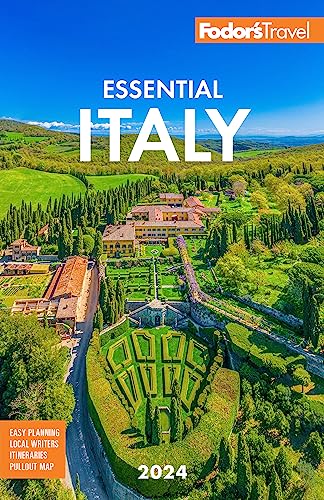Made popular by Frances Mayes's book Under the Tuscan Sun and film of the same name, Cortona is no longer the destination of just a few specialist art historians and those seeking reprieve from busier tourist venues. The main street, Via Nazionale, is now lined with souvenir shops and fills with crowds during summer. Though the main sights of Cortona make braving the bustling center worthwhile, much of the town's charm lies in its maze of quiet backstreets. It's here that you will see laundry hanging from windows, find children playing, and catch the smell of simmering pasta sauce. Wander off the beaten track and you won't be disappointed.
Cortona is called "Mother of Troy and Grandmother of Rome" in popular speech, and may be one of Italy's oldest towns. Tradition claims it was founded by Dardanus, the founder of Troy (after whom the Dardanelles are named). He was fighting a local tribe, the story goes, when he lost his helmet (corythos in Greek) on Cortona's hill. In time a town grew up that took its name (Corito) from the missing headgear. By the 4th century BC the Etruscans had built town walls, the traces of which can still be seen in the 3-km (2-mile) sweep of the present fortifications. As a member of the Etruscans' 12-city league, Cortona became one of the federation's leading northern cities. The area's major road, the Via Cassia, passed the foot of Cortona's hill, maintaining the town's importance under the Romans. Medieval fortunes waned, however, as the plain below reverted to marsh. After holding out against Perugia, Arezzo, and Siena, the commune was captured by King Ladislas of Naples in 1409 and sold to the Florentines.




